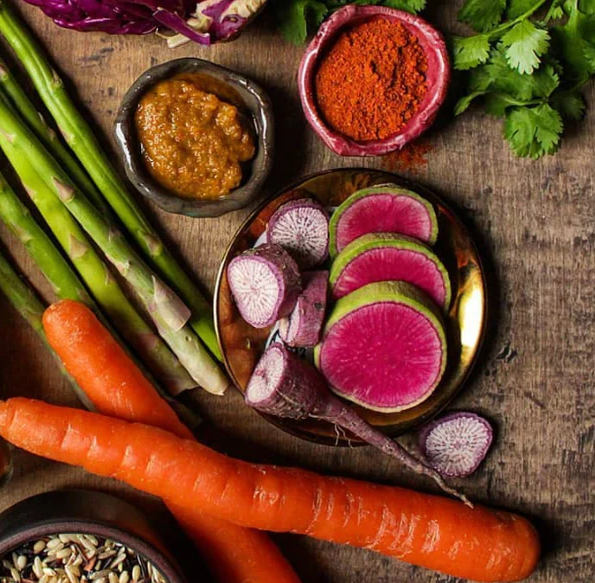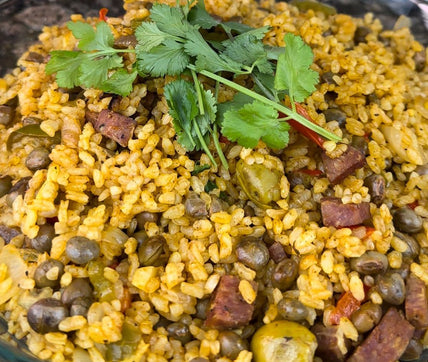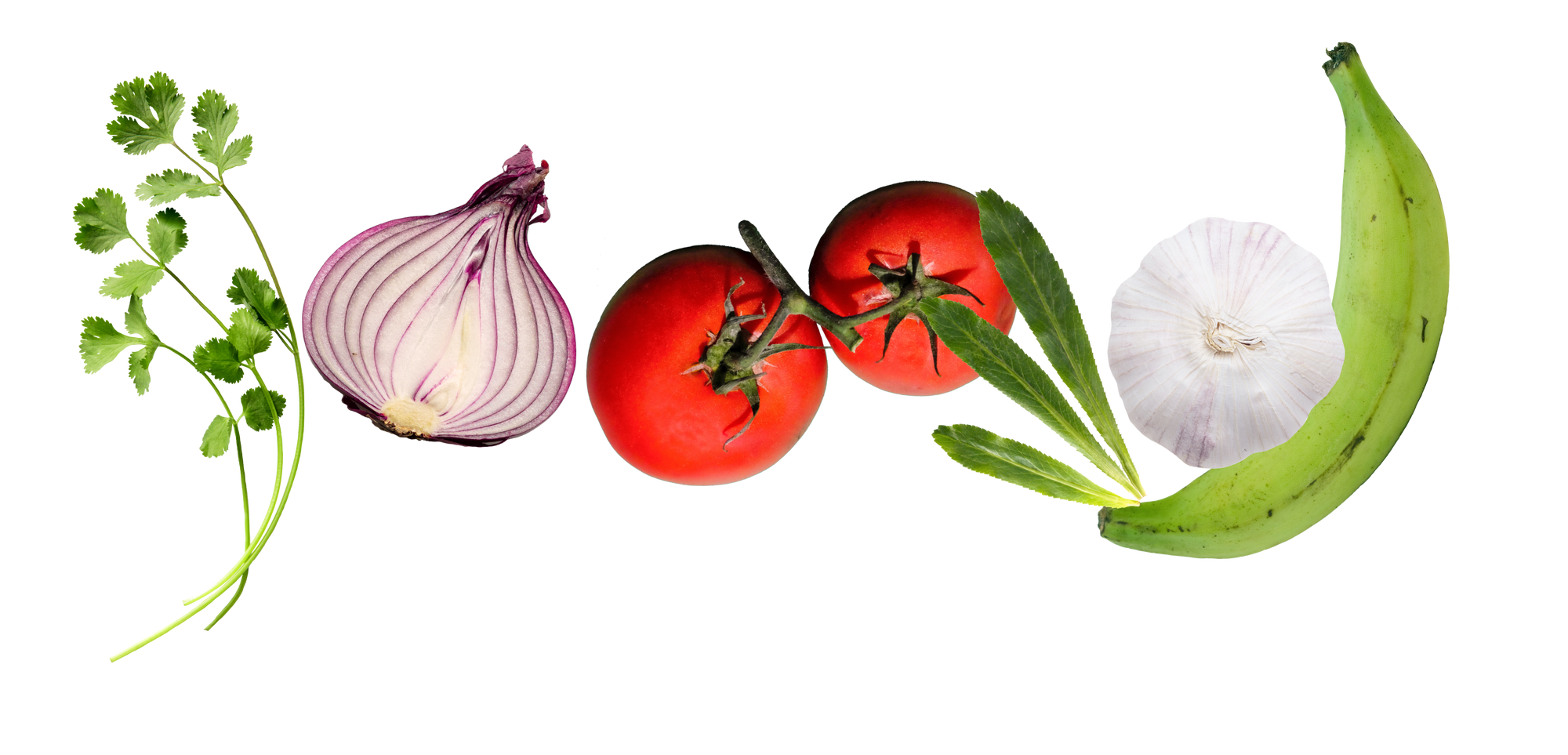
What We Need to Know About Food Coloring
Let's dig deeper into some of the unsafe effects of artificial food coloring & the positive alternatives.
By: Cybele Ramirez
The vibrant colors of our favorite foods have always draws us in. But when it comes to the artificial coloring added to many food products, there’s a lot we all must know. What it is, why it’s in everything, and why we should avoid it. Almost all processed foods have artificial coloring and, believe it or not, even some “natural” foods are color enhanced.
In the US, we’re accustomed to associating food color with flavor, quality, and freshness. We also trust that most foods accessible to us are generally safe to consume–whether or not they’re actually good for our health.
We rely heavily on the FDA, or the Food and Drug Association, to certify and regulate anything that can be sold for consumption. As a federal organization, the FDA is responsible for assuring that most (ahem, most) additives are safely used by producers.
But is it safe?
Federal regulations of color additives have been questioned, reconsidered, and overturned on many occasions. Artificial colorants–mostly made from petroleum, coal tars and oils, and some insects–are not "generally recognized as safe" (GRAS) by the FDA. Yet, the process for the certification and regulation of color additives was introduced in the 1880s. By 1900, food, drug, and cosmetics markets were oversaturated with artificially colored products.
By 1950, the FDA found that some artificial coloring they had previously claimed was “safe” caused serious adverse effects, especially in children, and terminated their listings. But some questionable toxins and carcinogens still exist prominently in the food we consume today.
Yellow 5 and 6, and Red 40 have been linked to risks in the mental and physical health of children, while Red 3 has been linked to cancers and allergic reactions.
Plus, FDA research shows that “not all coloring agents are harmless” and some were “being used to hide inferior or defective foods.” They state,
“A careful assessment of the chemicals used for coloring foods...found many blatantly poisonous materials such as lead, arsenic, and mercury being added. In many cases, the toxicities of the starting materials for synthesizing coloring agents were well known and could be toxins, irritants, sensitizers, or carcinogens.”
Why are we drawn to color in the first place?
It's natural–and our choices can be, too.
The thing is, enhancing what we consume is not a post-industrial practice.
Fruits, vegetables, and minerals have been used to color foods, drugs, and cosmetics dating back to ancient Egypt. Natural colorants such as paprika, saffron, and turmeric have been used to achieve bright orange hues; Beets and tomatoes liven up dishes with a touch of red while berries give us bright pinks and deep purples.
We know that color, especially in cuisine, is central to so many cultures. The vibrant and flavorful dishes that we have come to know and love are rooted in la tierra (the land) that our ancestors were familiar with.
Latin America is home to bountiful vegetation. Agriculture and spices have so many benefits for our health while also adding color and flavor to our foods.
The base of many Latin American dishes–sazón, sofrito, and adobo–have been used for centuries to flavor food. The coloring it adds comes naturally.
We can get back to #FeedingTradition by stepping away from processed seasoning that is usually high in fillers, artificial coloring, and other chemicals.
Instead, we can nourish our mind, body, and spirit the way our ancestors intended us to–with pure spices and seasonings that use ingredients we know and can comfortably read.
Other Stories You Might Like



